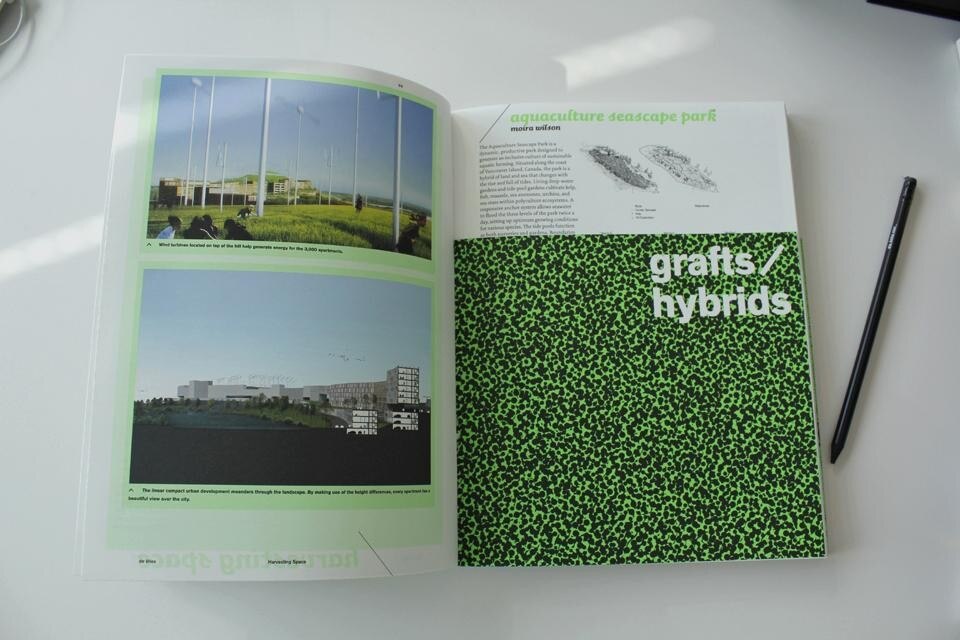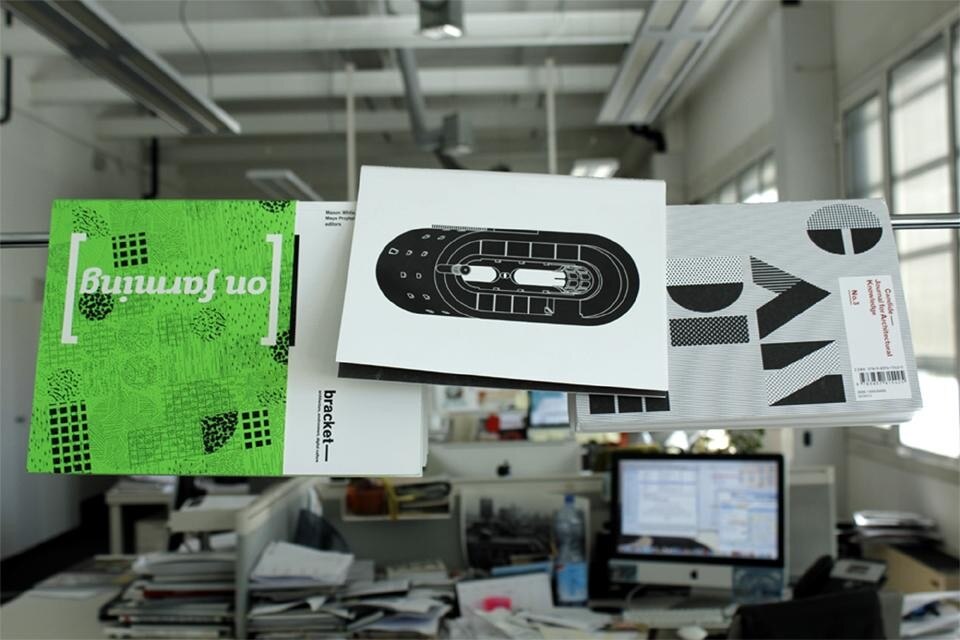In opposition to this way of thinking—but well aware that we have witnessed the decline of materiality initiated in the previous century—this time we will try to project the design of these fires onto a different firmament, a heaven that our Critical Futures are trying to illuminate. We will try to interpret the way these new publications participate in the debate on the changing status of contemporary architecture writing and criticism. In other words, instead of focusing on the temporary duration of such artifices, we will attempt to read their epochal value, observing the procedures used for their preparation, their places of activation, their heavenly trajectories.
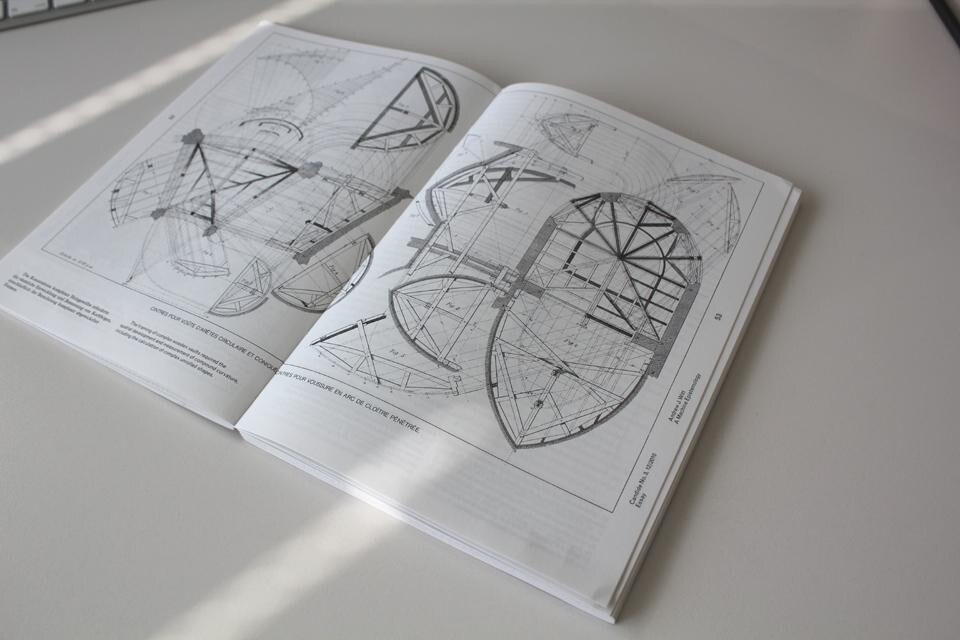
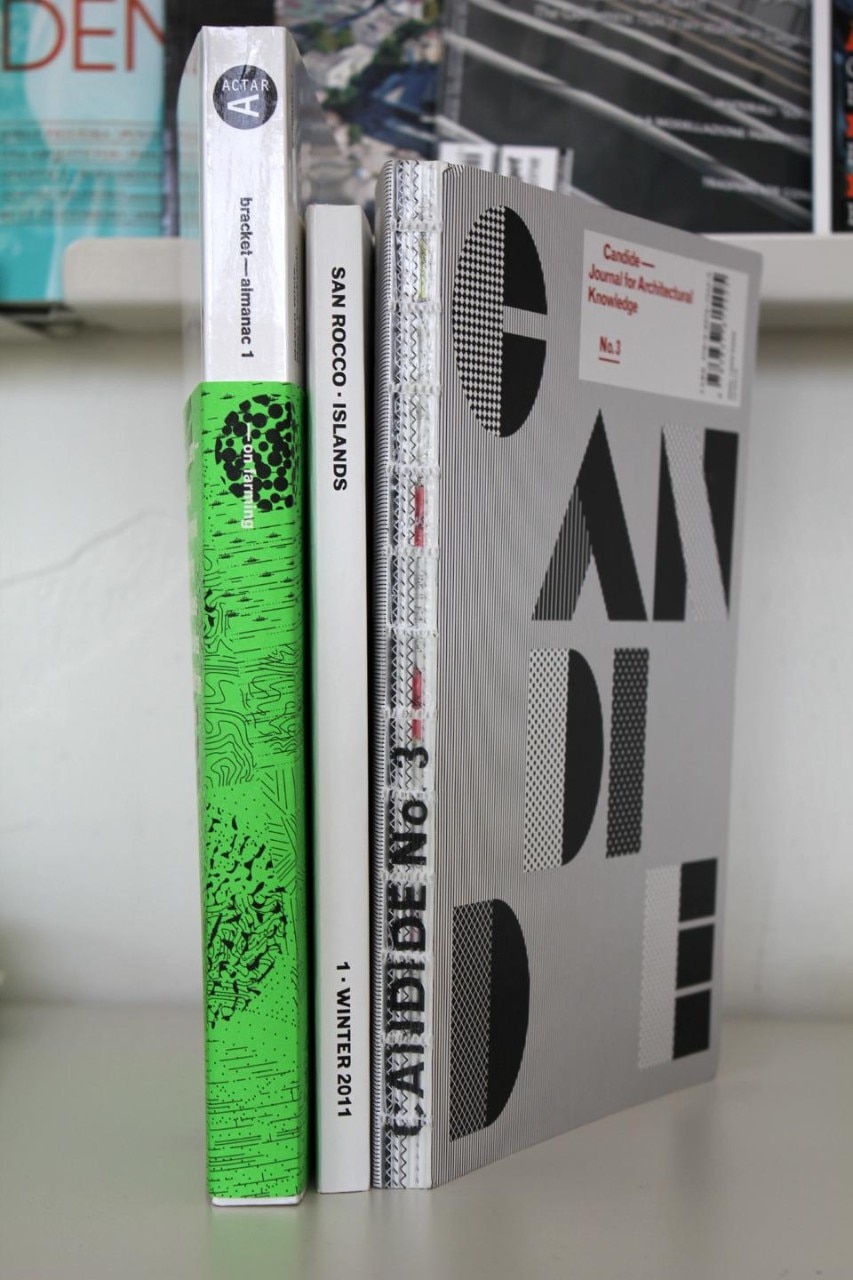
As opaque structures, when viewed up close, the three magazines reveal patterns of relationships and textures that render their apparent configuration as 'open works' more rigid. Systems of knowledge and opportunity, order and hierarchy of writings and authors appear to organize, and sometimes function as prerequisites to, the research topics.
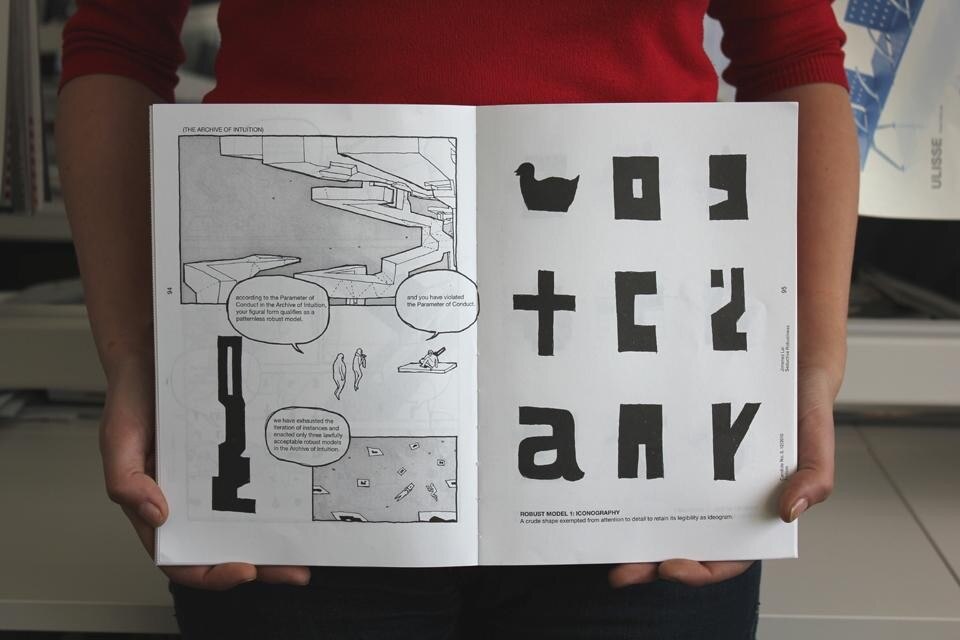
Even distribution choices reveal different strategies and intentions. For example, if San Rocco does not use the language of its country of production, the language barrier does not seem to be problematic for the German magazine which, by relying on bilingual text, does not renounce its linguistic specificity, transmitting selected foreign research to a local context.
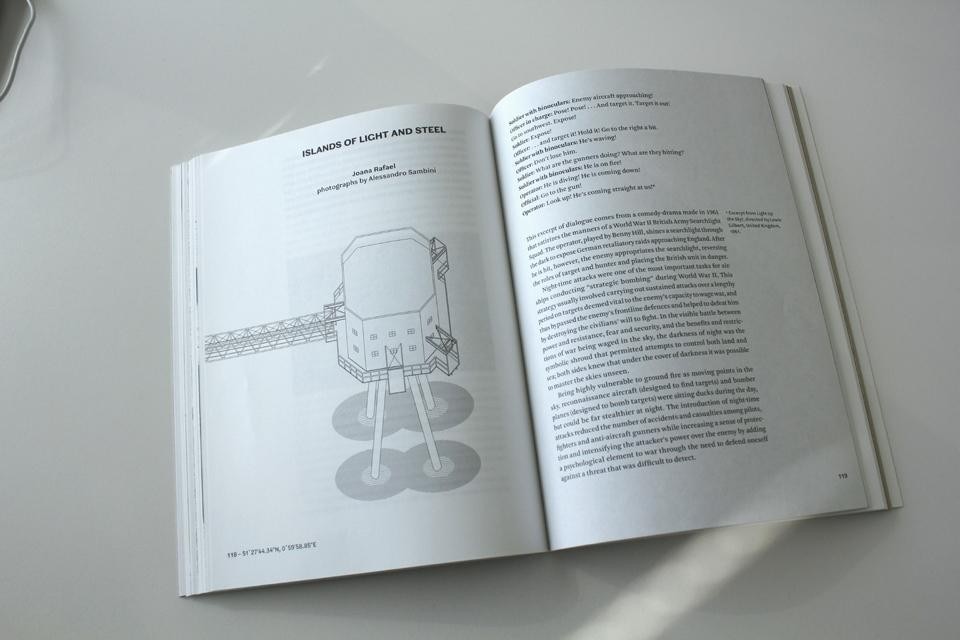
In response to the question of why it seems necessary to use the magazine format and not the book, a question that requires more extensive discussion, the answer seems to lie in the fact that a book, if constructed exclusively with examples and explanations having no theoretical intent, might seem—perhaps wrongly so—to lack a specific search "for meaning" that can interpret reality according to less factual and more transversal categories, voluntarily detached from the moment of reading history as a unique moment in the present. If, in fact, the desire is always there, either explicitly or implicitly, to establish the turning points of epistemology or significance in relation to contemporary culture, which typically omits the most factual, specific and localized aspects, in magazines, which are intentionally directed towards less unifying aspects in relation to the general sense of the issues, preferring issues to doctrine, there remains a desire to clarify conditions that are never fixative. In this sense, they are coherent with their own inherent logic, anchoring themselves to the value and meaning of things expressed without them being externalized or having any desire to continue, but rather rooting themselves in a more immediate and surmountable sense of time strictly tied to the present. And also contemplating the possibility of their own disappearance.
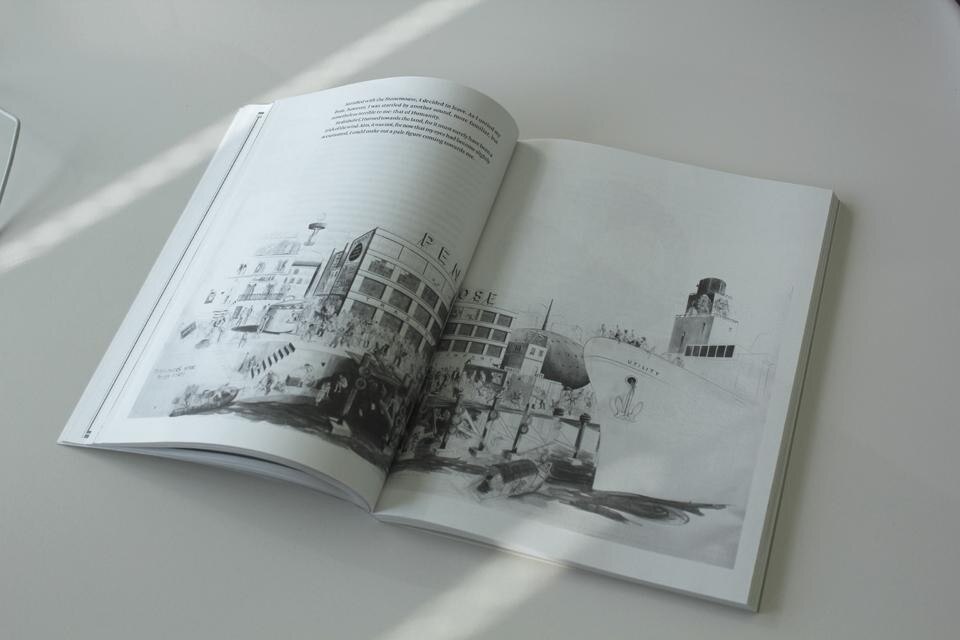
Returning to the recent remarks prepared for the Institut de France, Michel Serres discussed the issue of educational change regarding the development of new technologies. Discussing the quality of this change in the education system he first noted that "We, the adults, have doubled our 'society of spectacle' with a pedagogical culture of overwhelming competition, vainly uncultivated, eclipsing the school and the university. In terms of the time dedicated to listening and vision, the media's seduction and importance have, for quite a long time taken, over the function of teaching," concluding that, "facing this change, it would be convenient to invent unimaginable novelties outside the canons of our conduct, our media, our projects adapted to the society of spectacle..."
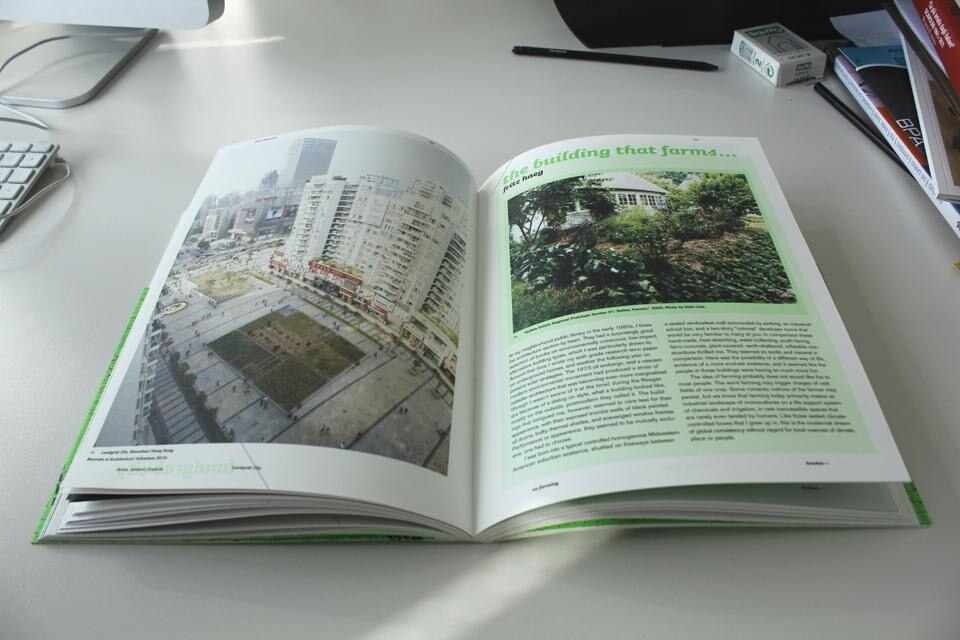
Roberto Zancan
